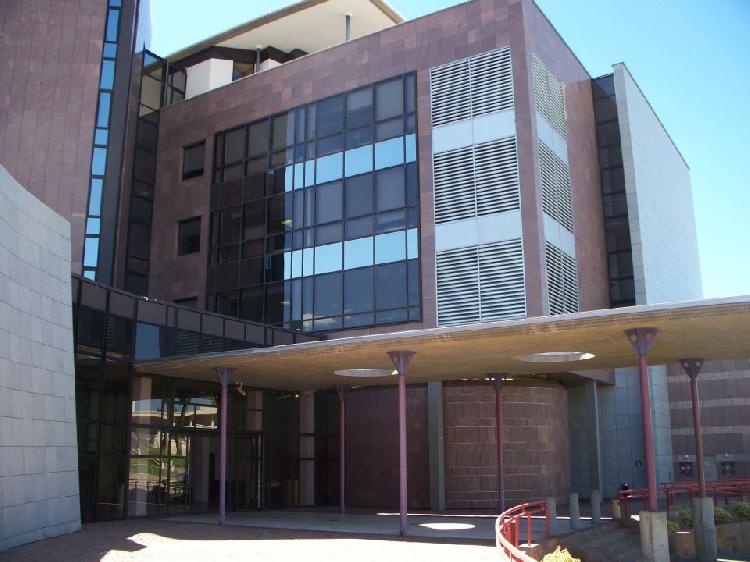Africa-Press – Namibia. THE date is set for 16 February, exactly two days after Valentine’s Day, when economists and analysts expect that the Namibian central bank will announce an increase in the benchmark interest rate from 3,75%, imitating South Africa’s recent move.
Some even hint that the increase could be of 50 basis points.
Any increase in the benchmark rate would mean that Namibians will pay more on their personal loans, mortgages, and overdrafts.
The increase would depend on the exact rate, but it would be based on the prime plus, while the prime rate currently stands at 7,75%.
South Africa and Namibia are in a fix as their currencies are pegged to each other, which at times requires that their monetary policies need to mirror each other.
The governor of the South African Reserve Bank, Lesetja Kganyago, while announcing the increase of the repo rate last Thursday, said a gradual rise in the repo rate will anchor inflation expectations and moderate the future path of interest rates.
Late last year, after keeping the rate flat to a low 3,5% during the severe days of Covid-19, the central bank increased its repo to 3,75% bringing it on par with Namibia.
At the time, Kganyago was citing a return to some normalcy in economic activities, and also the containment of inflation.
Now, however, there appears to be uncertainty, and due to that Kganyago said the bank decided to take measured steps to deal with inflation at the monetary policy committee’s first meeting of the year.
This is the bank’s second consecutive increase after it kept the rate at a record low of 3,5% from April 2020 to November 2021, to provide economic relief amid the Covid-19 pandemic.
Four members of the monetary policy committee voted to increase rates, while one member preferred a hold.
Namibia has always set a rate that would support the 1:1 Namibia dollar and South African rand peg, and to an extent that which would aid economic growth.
Since the advent of Covid-19, the rate has been accommodative in order to soften the burden of Covid-19, without affecting economic growth as national output numbers kept dwindling.
Head of research at High Economic Intelligence Salomo Hei said the local central bank has to an extent become unpredictable.
“Given the current variation between the Bank of Namibia and the South African Reserve Bank, it is extremely difficult to see what will happen unless there is a new monetary policy.
“Also, one should not be surprised if we get an increase of 50 basis points. Whether it’s justified, that’s a different conversation,” said Hei.
He added that the South African Reserve Bank has indicated that it would be increasing their rates every quarter for the next three years, but since the local central bank has not indicated their interim actions, it is hard to predict.
Purvance Heuer of Arysteq Asset Management said despite South Africa raising their repo, Namibia should still hold its horses.
“In my view we should’nt [increase the rate]. There is always a concern for capital flight, but regulation 13 is squarely helping to keep that problem at bay and with respect to inflation, it is there but the rate hikes would not curb that because it is mostly imported with food and fuel,” he said.
Heuer added that Namibia should keep the rates as low as possible, but is not confident what the monetary policy would do as it is sometimes known to have a tendency of taking the path of least resistance.
For More News And Analysis About Namibia Follow Africa-Press






